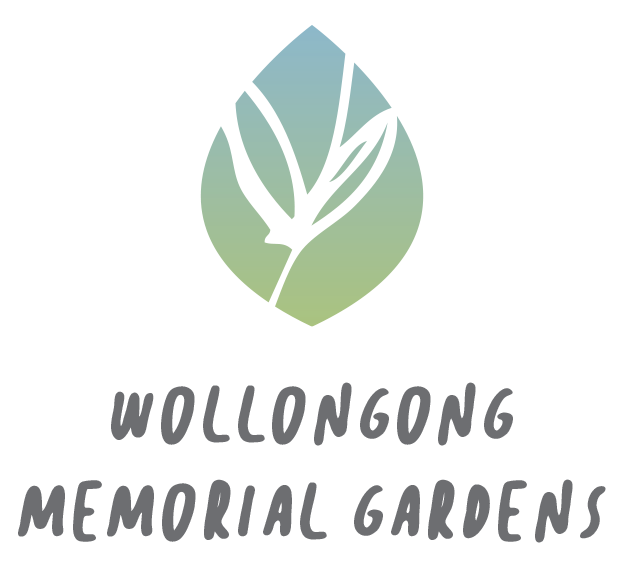Glossary
Below are some terms that are commonly used when we talk about memorials, burials and death.
If you need help understanding any of the information on this website, please contact us for advice.
- Casket: A general term to describe coffins and other containers used to hold human remains.
- Catafalque: The place in the chapel where the casket is placed during a funeral or memorial service. This will often be a raised platform.
- Cemetery: A place containing one or more burial places.
- Cremated remains: More commonly called 'ashes', cremated remains are the remains of a human body after cremation.
- Cremation: The process of reducing human remains by fire or heat, alkaline hydrolysis, or other means.
- Cremator: The cremation furnace or cremation incinerator.
- Crematorium: The whole facility or building where the cremator is located. Note: Wollongong Memorial Gardens no longer operates a crematorium.
- Crematory: The part of the crematorium where the cremator is located and the cremation of human remains is carried out.
- Direct service: When human remains are delivered directly to the crematory for cremation, without any kind of service or ceremony being held.
- Exhumation: The process of removing buried remains from a grave, tomb or crypt. This could be for the purposes of examination, or to relocate the remains to another place.
- Final disposition of ashes: The legal disposal, interment, memorialising, collection, scattering etc of cremated remains.
- Funeral director: An individual or business carrying out funeral services.
- General plot: A public area within the grounds of a crematorium or cemetery set aside for the legal disposition of cremated remains.
- Hearse: A vehicle for transporting caskets containing human remains.
- Holder: The person recorded in the cemetery operator’s Register as being the holder of an interment right (also known as licensee).
- Interment: The act of placing the remains of a deceased person, either cremated or buried. This includes placing cremated remains in a garden or wall, or burying a body into the ground or into a crypt.
- Interment site: The place where human remains are interred, whether they are cremated or buried, such as a grave, vault, crypt, memorial site, etc.
- Joint holders: Two or more people named as the joint holders of an interment right.
- Licensee: The person recorded in the cemetery operator’s Register as holding the licence for an interment right (also known as the holder).
- Marker: A type of memorial that identifies an interment site. This will generally be a plaque, headstone or engraving that includes the deceased person's name. Most markers will include the date of death, age, date of birth and/or a short description.
- Memorial: An item placed to acknowledge and remember a person who has died. Memorials can take many forms. They are often placed with a person's remains (eg: a grave marker, such as a headstone), but they can also be placed in any significant location, even if a person's remains are not at that location.
- Monument: Any structure, memorial, plaque, headstone, masonry, metal work, casting or item placed over, in or around an interment site.
- Monumental mason: A tradesperson, mason or someone with the skills to carry out monument masonry work. Only pre-approved monumental masons are allowed to install monuments at Wollongong Memorial Gardens sites.
- Niche: A space in a wall or structure that is designed to hold cremated remains.
- Perpetuity: Lasting forever. Because we are publicly owned, all of our memorial and burial sites are for perpetuity, which means they will be maintained and available for future generations. Many commercial sites will only be guaranteed for a fixed number of years.
